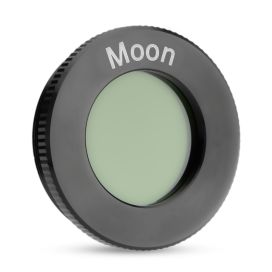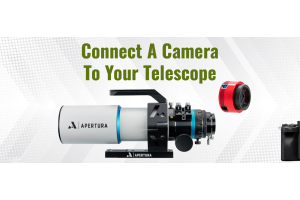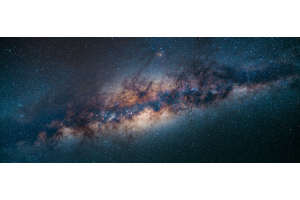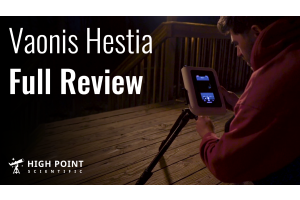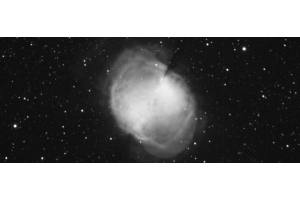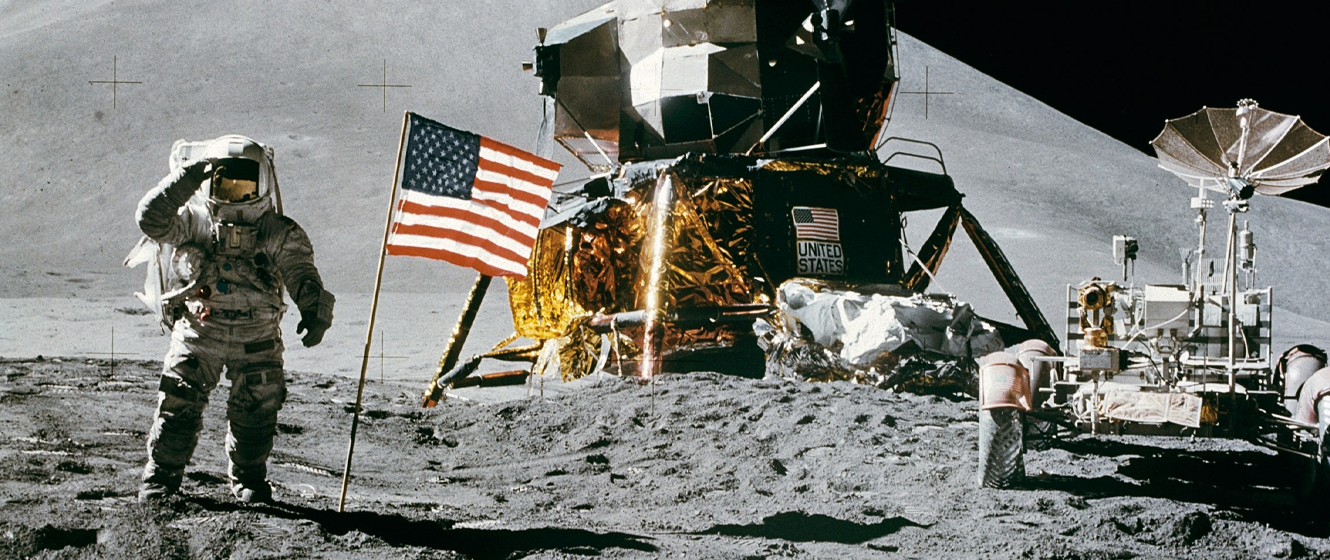
From July 1969 to December 1972, NASA landed the Apollo missions on the Moon. Each mission left a flag on the lunar surface, along with the descent stage of the lunar module and other pieces of hardware. But can we see the flag on the Moon? It’s a good question. We can see craters as small as 1 km across with a telescope, so surely it’s a question of just increasing the magnification enough, right? Well, not so! There are multiple factors that prevent us from being able to see the flag pole on the Moon. First of all, we have an atmosphere between us and the Moon. The atmosphere distorts the image, reducing the resolution that we can see. Secondly, we’re limited by the resolution capability of our telescopes, or the ability of our telescope to resolve the angular diameter of an object.

But how do we know what the angular diameter of an object is? Well, the angular diameter is entirely dependent on two factors: distance, and the resolution capability of the telescope. A larger telescope can achieve a higher resolution. By capturing more light over a large area, you can resolve more detail. Angular diameter is also dependent on the distance between you and the object and is measured in degrees/minutes/seconds. There’s a relatively simple trigonometric equation to calculate this:

Where diameter is the diameter of the object, and distance is the distance to the center of the object. Let’s go back to the Apollo flag as an example. Per NASA, the flag was about 3 ft by 5 ft. For simplicity, let’s just say the flag is 5ft across. The average distance to the Moon is 238,900 miles. Converting this to feet and plugging this into the above equation, we find that the angular diameter is equal to roughly 0.00000001 radians, or ~0.002 arcseconds. For comparison, Pluto at opposition is 0.06” arcseconds. This is significantly smaller than any commercial telescope can resolve.
So can Hubble see the flagpole on the Moon? The answer is no, it cannot. The highest resolution that Hubble can achieve is about 0.03 arcseconds using its Advanced Camera for Surveys (ACS) array of cameras. The smallest object on the Moon that Hubble could observe is about the size of a football field.

Learn More
Interested in learning more about the universe and the night sky? Not sure where to begin? Check out our Astronomy Hub!



